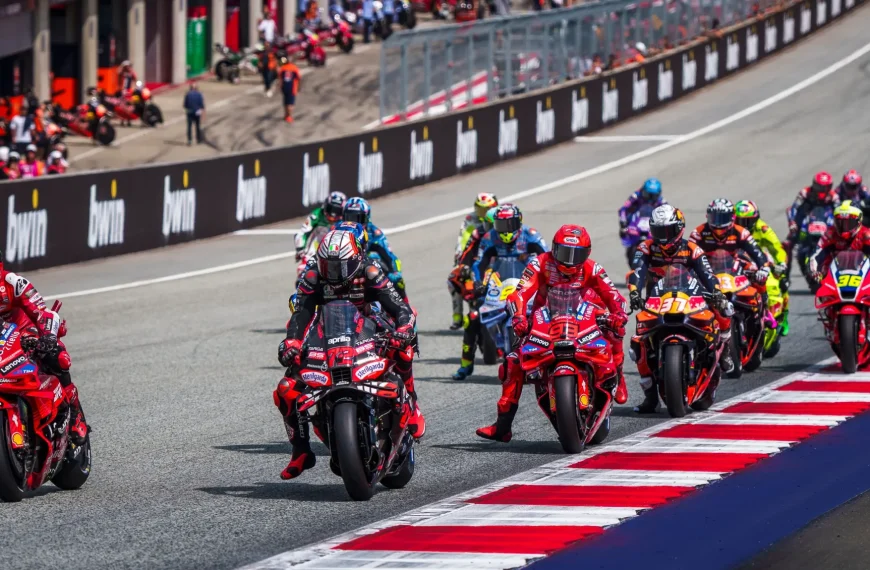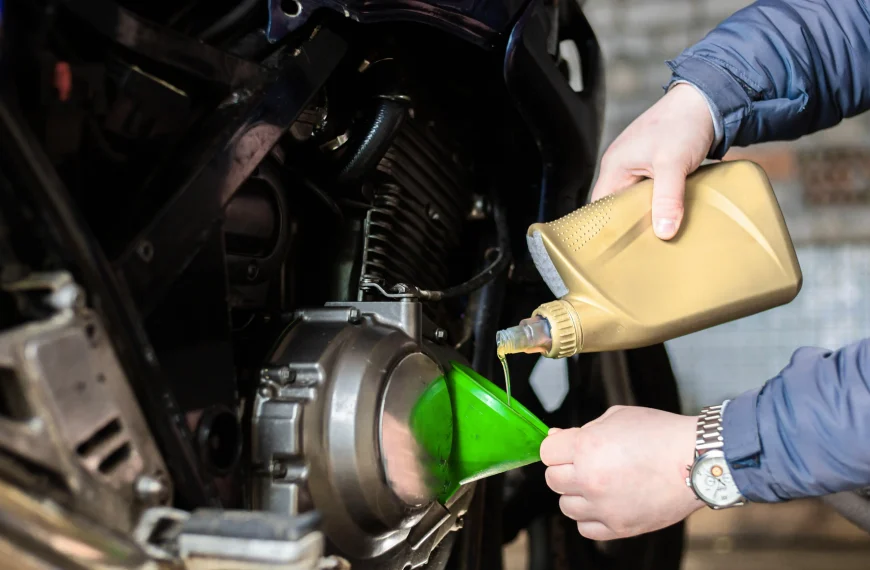When buying a motorcycle, mileage plays an important role. It indicates how intensively the bike has been used and can give you an idea of the condition of the machine. But what is actually considered high mileage on a motorcycle, and what should you look out for when considering a used bike? Let’s dive in.
What Does Mileage Say About a Motorcycle?
The mileage shows how far the motorcycle has actually been ridden. Just like with a car, the higher the mileage, the more wear and tear there is likely to be. Still, it’s not that black and white. A bike with 100,000 kilometers can be just as reliable as one with 20,000 kilometers—if it has been properly maintained. Maintenance, riding style, type of motorcycle, and riding conditions are just as important as mileage itself.
In general, riding between 3,000 and 5,000 kilometers per year is considered average. If you see a 10-year-old motorcycle with 50,000 kilometers on the clock, that’s about normal. The same bike with 100,000 kilometers may have been used much more intensively but could still be in good condition if it has been well maintained.
What Is Considered High Mileage for a Motorcycle?
High mileage is relative and also depends on the type of motorcycle. A sport bike ridden hard every weekend racks up mileage differently than a cruiser used for relaxed touring. Still, here are some general guidelines:
- Low mileage: less than 3,000 kilometers per year. This may look favorable, but sometimes it means the bike has been sitting still a lot. Motorcycles that don’t get ridden often can suffer from standing damage such as dried-out rubber parts or rust in the carburetor.
- Average: between 3,000 and 5,000 kilometers per year. This is normal usage and often means the bike has been ridden regularly, which is usually good for the engine and components.
- High mileage: more than 7,000 kilometers per year. This is relatively high, but a well-maintained bike can handle it just fine. It simply shows the bike has been used intensively, so be sure to check service records and wear-sensitive parts.
What to Look Out for When Buying a Used Motorcycle
1. Service history
Always ask for the service book or invoices for maintenance and repairs. A bike that has been serviced on time, regardless of mileage, is often more reliable than one with low mileage but an unclear service history.
2. Visual inspection
Carefully inspect the motorcycle. Look for rust, oil leaks, wear on the chain and sprockets, tire condition, and scratches or damage. A well-maintained bike usually looks tidy, even with higher mileage.
3. Engine and sound
Start the bike and listen closely. Irregular noises, ticking, or hesitation can point to internal wear. Watch for smoke from the exhaust; blue smoke may indicate oil burning.
4. Test ride
A test ride is essential. You’ll feel whether the bike shifts smoothly, brakes properly, and behaves normally. This is especially important with higher-mileage bikes.
5. Common wear points
High-mileage motorcycles may show wear on certain parts, such as the chain, sprockets, brakes, clutch, suspension, and shocks. Check these carefully or have a mechanic inspect them.
6. Ask about usage
Ask how the bike was ridden: lots of highway miles are often less demanding on the engine than short city rides with frequent stopping and starting. This can give you a better idea of the true condition.
How Many Kilometers Does a Motorcycle Last on Average?
With proper maintenance, a motorcycle can last surprisingly long:
- Average: an engine can last between 60,000 and 120,000 km, depending on the type of motorcycle and riding style.
- Sport bikes: often ridden harder, typically last 50,000–80,000 km before major maintenance is required.
- Cruisers and touring bikes: generally more robust and built for long distances; some reach 100,000–150,000 km.
- Adventure / all-road bikes: usually well maintained for travel; 80,000–120,000 km is realistic.
Important: actual lifespan depends not only on mileage but also on regular maintenance, riding style, and usage conditions. A well-cared-for motorcycle can last much longer than a newer bike that has been neglected.
Conclusion
A motorcycle’s mileage says a lot, but not everything. What matters most is maintenance, usage, and overall condition. A high-mileage motorcycle can be just as reliable as a low-mileage one if it has been properly looked after. That’s why, when buying second-hand, it’s wise to inspect carefully, take a test ride, and, if possible, have a mechanic check the bike.
With these tips, you’ll avoid unpleasant surprises and find a motorcycle that fits your needs, riding style, and budget. That way, you can hit the road with peace of mind and enjoy every adventure on two wheels.



